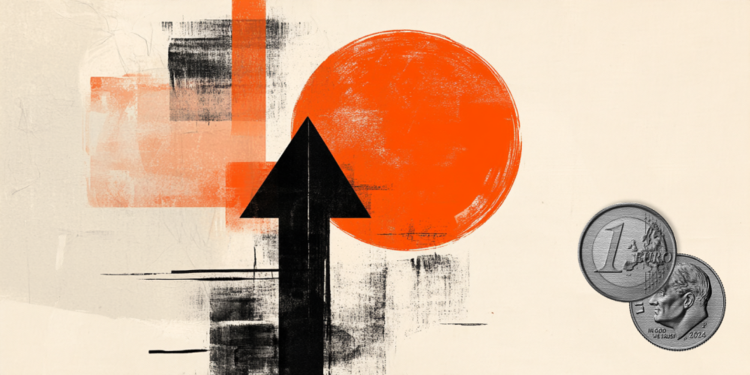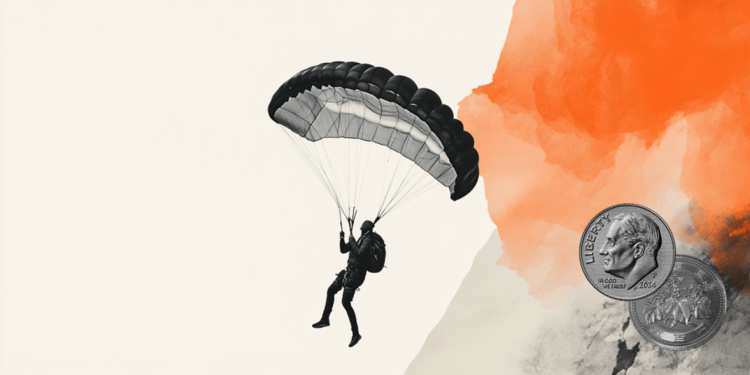Just a few hours away from the debut but Philippe Kratzdance talent among the most interesting in
circulation, finds the time, in his perfect Italian, to tell Vanity Fair Solitude
Sometimesa show of catharsis and rebirth at the rate of electronic sounds signed by Thom Yorke, the frontman of radio head.
It is not a vigil like any other: the principal dancers, the soloists and the artists of the Scala Ballet will be the interpreters ofthe Dawson/Duato/Kratz/Kylianan evening divided into four titles, each orchestrated by four authors of great originality for a series of seven performances, from 3 to 9 February. At La Scala they call him a «mixed bills» because it brings together different creative universes: the debut of Anima Animus Of David Dawsonthe Beautiful figure Of Jiří Kyliana jewel that is back on stage after 14 years, I stay Of Nacho Duatowhich will see the étoile as the protagonist for all the performances Roberto Bolle and, indeed, Solitude Sometimeyes, to his first everOf Philippe Kratzwho at 38 is already a great classic of choreography (Roberto Bolle proposes his ORborn as a reaction to the excessive «robotisation of society», in his dance galas).
Kratz, born in Germany, along the Rhinein the earth shaped by tanztheater Of Pina Bausch
(“a person of indescribable beauty”), a dancer from an early age (“but he was a
hobbies”) and studies in Montréal, arrives at the Berlin Academy (“it marked me in quality
of the use of the feet and in the sensitivity towards spatial design”) and then goes straight, in 2008,
at the Partner Aterballetto of Reggio Emilia of which he becomes a soloist before proceeding alone,
on his legs, for two years, as a freelance choreographer, in perfect balance between
improvisation and concept.
Philippe Kratz in rehearsal with the artists of La Scala, ph: Brescia and Amisano copyright: Teatro alla Scala
A few hours after your debut on stage at La Scala, what are you feeling?
«Gratitude and desire to finally share with the public this chapter on which
we have been working for a year and a half. For me it is an honor to work at La Scala, at the invitation of
director Manuel Legris, with a corps de ballet of such artistic baggage. The show
it involves a large group: there are 14 artists on stage».
Solitude Sometimes is inspired by the story of the Amduat, a book that is part of
Ancient Egyptian religious texts: how did this idea come about?
«There was a need to have a piece of electronic music for this series of evenings and I immediately liked this idea: I partly grew up in Berlin, and electronics is in my DNA, and then I love its loops which allow the body to move freely, to accommodate the beat or to go against it, without the constraints that certain classical music imposes. Apparently electronic music is cooler, but I find it a tool of free expression for dance. The choice then fell on Pyramid Song, an iconic 2001 song written by Radiohead’s Thom Yorke after visiting an Egyptian exhibition in Copenhagen. From there my personal search for the content of the choreography began».
It stages the descent into the Underworld of Ra, the sun god, who purifies himself during the night and
rises to the surface to give birth to a new day.
«I could not summarize a text born 1500 years before Christ, in the Valley of Thebes, and enriched by so much subsequent mythology in a 25-minute show. I have chosen some themes, the ones that I
they seemed more universal like the struggle between life and death and the passage of time. Ra moves
as in a black box, that of the stage: he descends to the Underworld old and is reborn young».
Why this title?
«Solitude Sometimes refers to the fact that in this dark space Ra is not alone: every time there is Osiris to wait for him and to accompany him in his descent and every time it is Osiris who greets him before the new day. After all, the show speaks of the sense of waiting, of the fact that, perhaps, one is never alone and that our days as individuals make sense when we compare ourselves with others. All the choreography is a dialogue between the individual and the group: the dance is intended, precisely because it does not use words, to allude to great themes with depth».
How?
«Use poetry and the sacredness of the body, it is pure doing. And for this reason it can express the urgencies of the
present, can deal with absolute themes and, in the theatre, stimulates reflection in an immediate way».
How much discipline does it take to do a job like yours?
“I don’t like this term. I prefer to experience dance as “striving” as an inner aspiration,
an effort that starts from within, not imposed by others, and that pushes you every day to always give the
better, by honoring the sacred instrument that has been given to us, our body».
ph: Brescia and Amisano copyright: Teatro alla Scala
Source: Vanity Fair
I’m Susan Karen, a professional writer and editor at World Stock Market. I specialize in Entertainment news, writing stories that keep readers informed on all the latest developments in the industry. With over five years of experience in creating engaging content and copywriting for various media outlets, I have grown to become an invaluable asset to any team.







